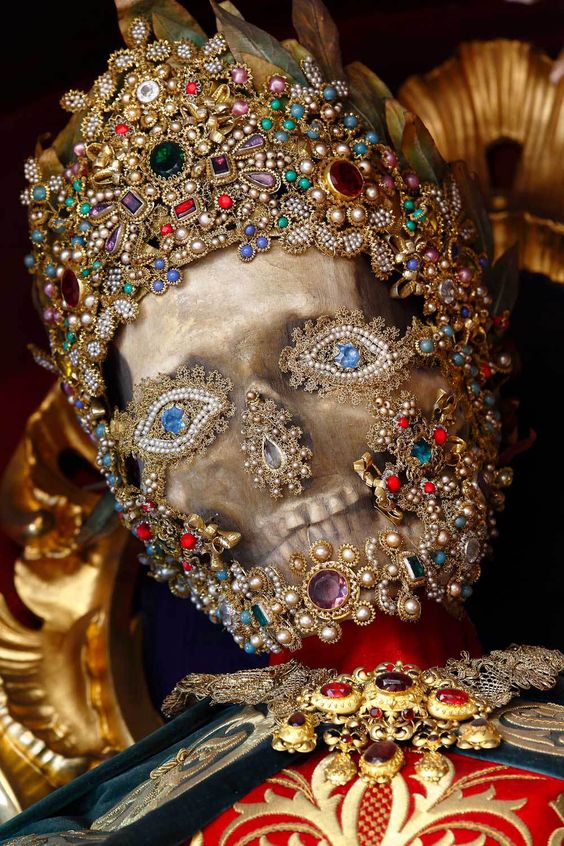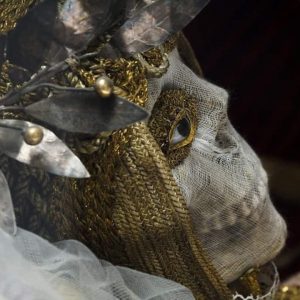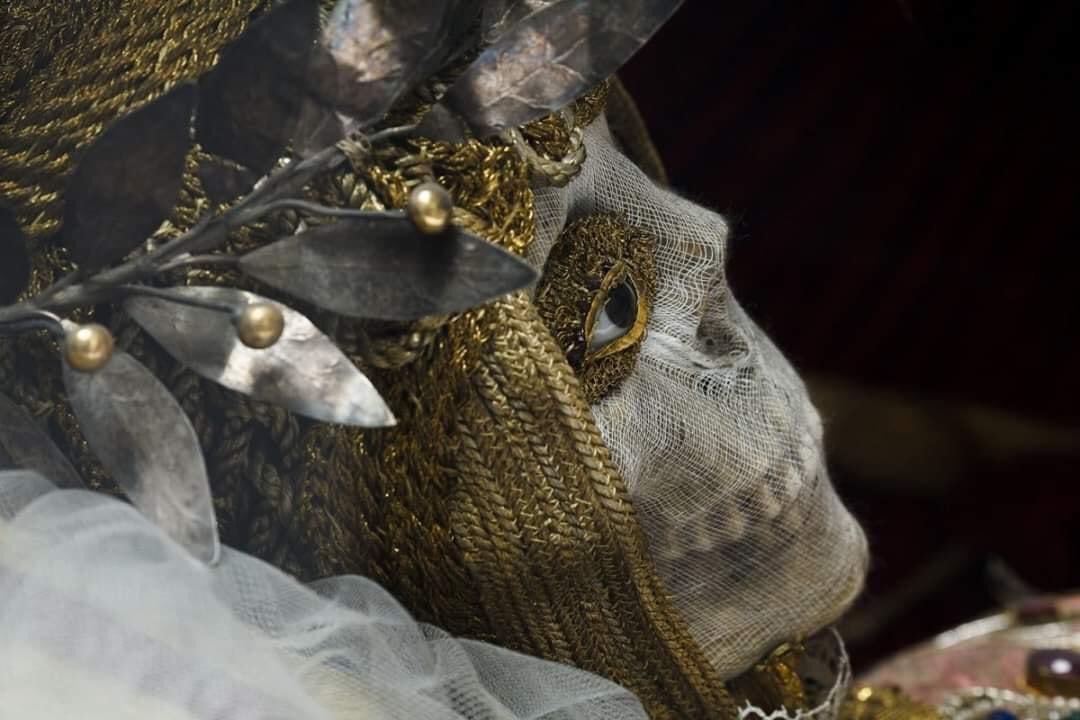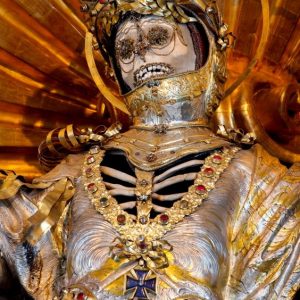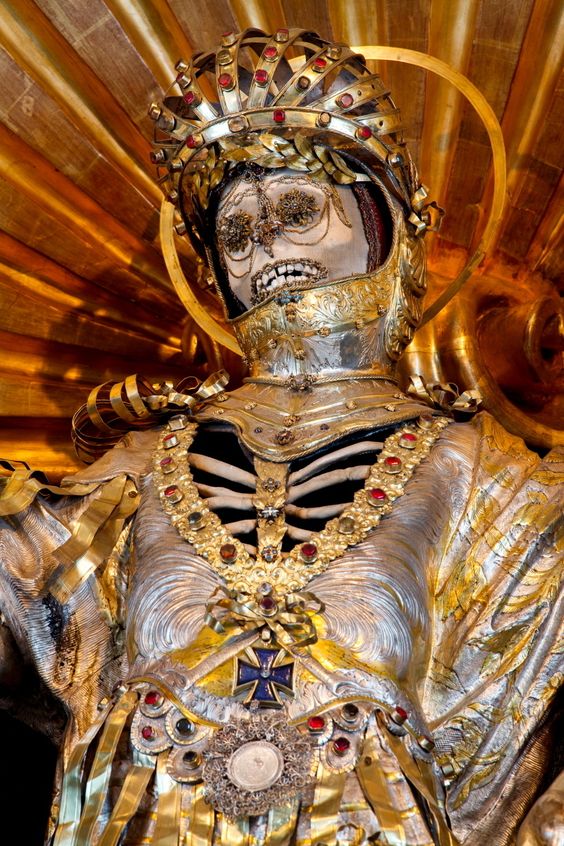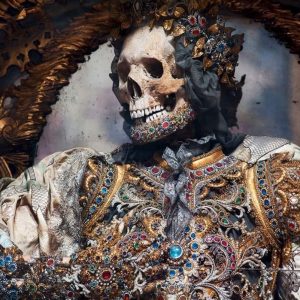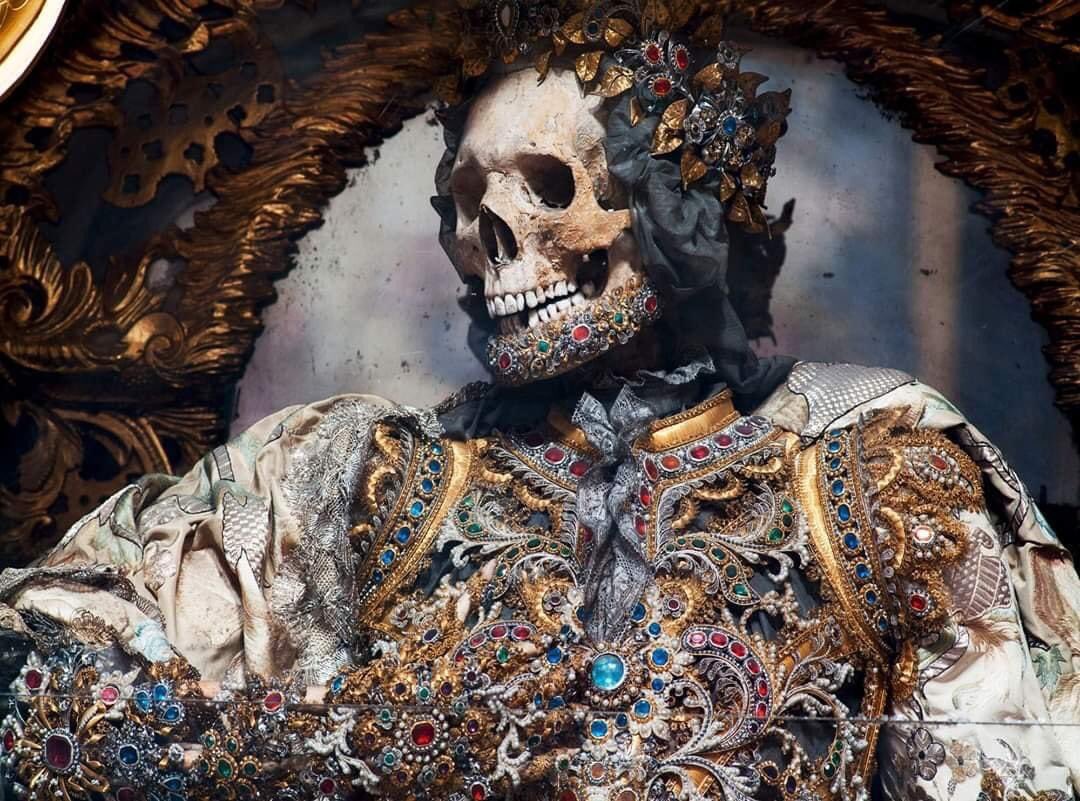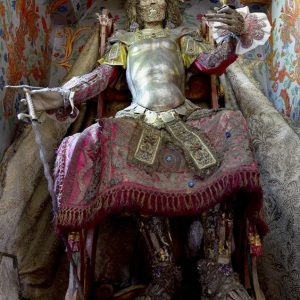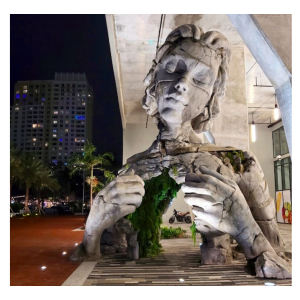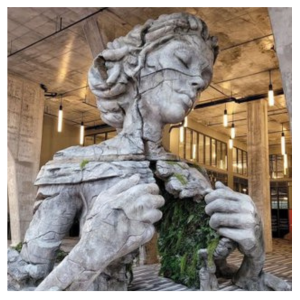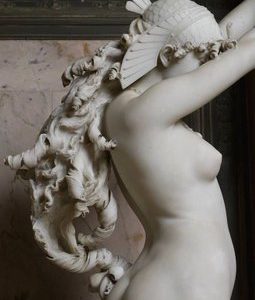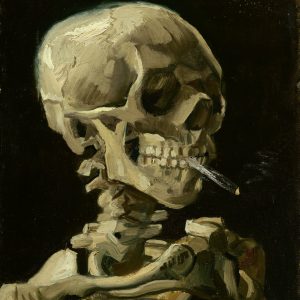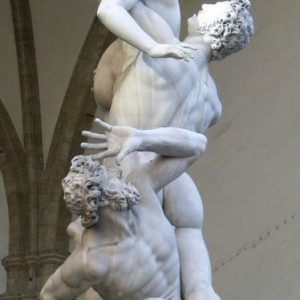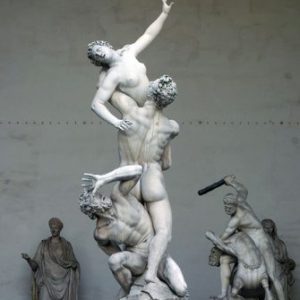In the 17th century, Saint Felix arrived at a monastery church in Nola, Italy, and performed a miraculous act, saving the town’s market from a devastating fire. This extraordinary event swiftly solidified his status as a local protector and a symbol of hope.
As a result of this miraculous intervention, a popular pilgrimage developed, attracting people seeking blessings and solace. This condensed version retains the core elements of his arrival, the miraculous rescue, and the subsequent pilgrimage’s significance in the town’s history. The talented nuns of Ennetach decorated the ribcage of Saint Felix in Aulendorf.
Saint Felix of Nola, an early Christian priest in the 3rd century, is celebrated for his Christian piety and charitable actions. Though not a martyr, he is renowned for his compassionate deeds, including selling church property to ransom Christians imprisoned during the Diocletianic Persecution.
His life is marked by various miracles, such as healing the sick and aiding the needy. Saint Felix is the patron saint of Nola, his hometown in Campania, Italy, and is also the patron of prisoners, given his assistance to those in captivity.
In Christian art, he is typically depicted as a priest holding a palm branch, symbolizing martyrdom, although he was not a martyr himself, and sometimes with a small statue of a church, signifying his connection to Nola. His feast day is celebrated on January 14th in the Roman Catholic Church.
Paul Koudounaris is a photographer who investigates and documents religious phenomena, specifically church ossuaries, charnel houses, and shrines. His book, “Heavenly Bodies: Cult Treasures and Spectacular Saints from the Catacombs” showcases the bejeweled skeleton of Saint Deodatus and other saints from Catholic mysticism in a delightful, must-read photographic journey.
Find out more about the Bejeweled Skeletons of Catholicism here.
Read more about the Eastern Orthodox Church and St. Peter’s Church.

